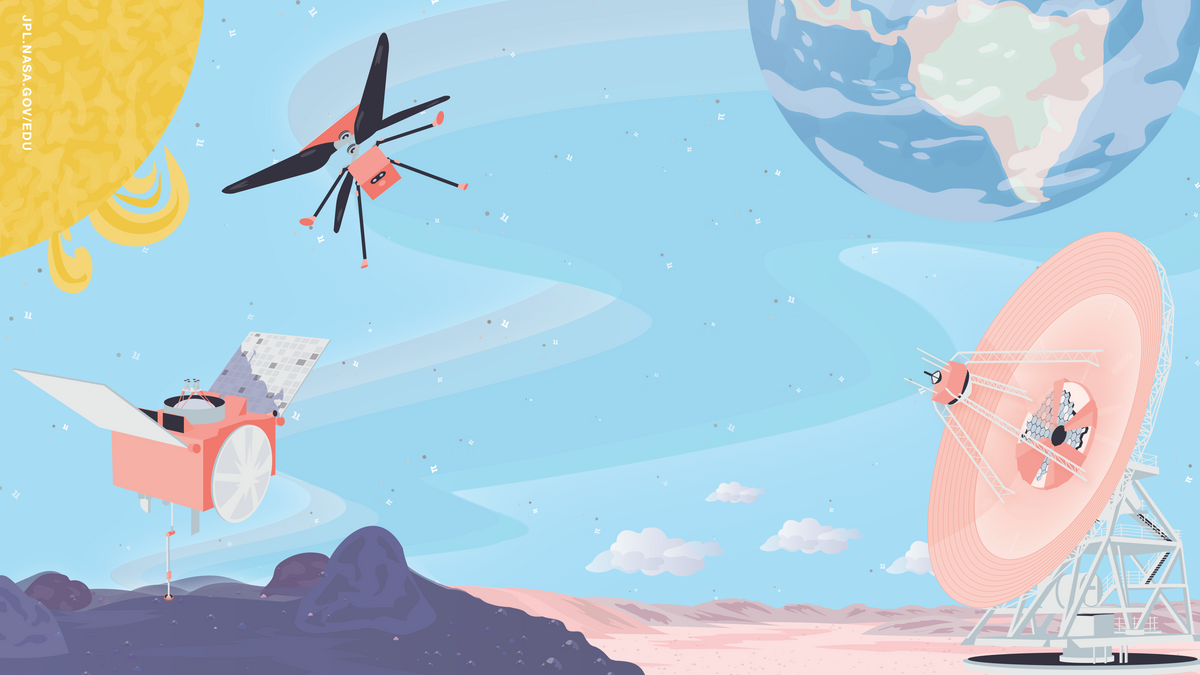Happy Pi Day
On March 14, let's take a look at the wonder of Pi.

Since March 14 is also written 3/14, it's become a day to celebrate the number Pi, which starts off 3.14... but what is Pi?

Try this with any circle!
1) Measure the circumference, or distance all around the edge of the circle.
2) Measure the diameter, or distance across the circle (being sure to pass through the center point).
3) Divide the circumference by the diameter.
You should get Pi, or 3.14159... Using long division, you will find that the number keeps going and going and going!

No matter what size circle you measure, the answer to circumference divided by diameter will always be Pi.
Some people have tried to see if the number ever ends. But it has been carried out to 31.4 trillion decimal places and still continues!

Have you ever tried to memorize the numbers of Pi? How far did you get?
It may take a little while to load, but you can see 1,000,000 digits of Pi on one page on the website https://www.piday.org/million/.
Here are the first 100 decimal places (shown in groups of 10):
3.1415926535 8979323846 2643383279 5028841971 6939937510 5820974944 5923078164 0628620899 8628034825 3421170679
Scientists use Pi in their calculations whenever circles are involved. Many things are circular, so this number comes in handy. Imagine going to outerspace. Orbits, planets and all kinds of things have circles in them.
Check out places to find Pi in the universe with NASA here: https://nasa.tumblr.com/post/612574998435135488/cosmic-piece-of-pi
For fun challenges at home, try the NASA Pi Day challenge, which gives real-life problems scientists solve using Pi as they explore the universe.

Happy Pi Day!



